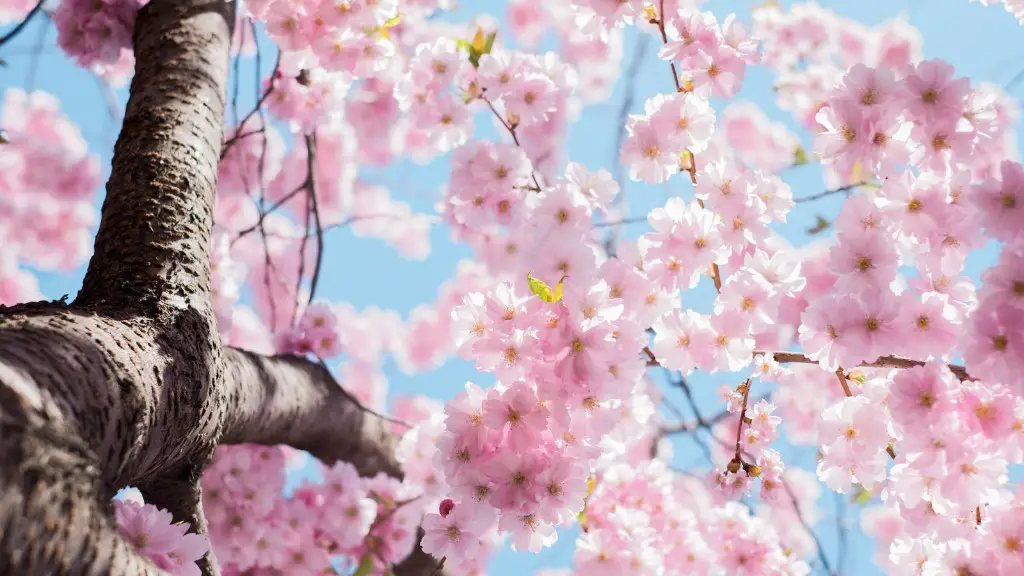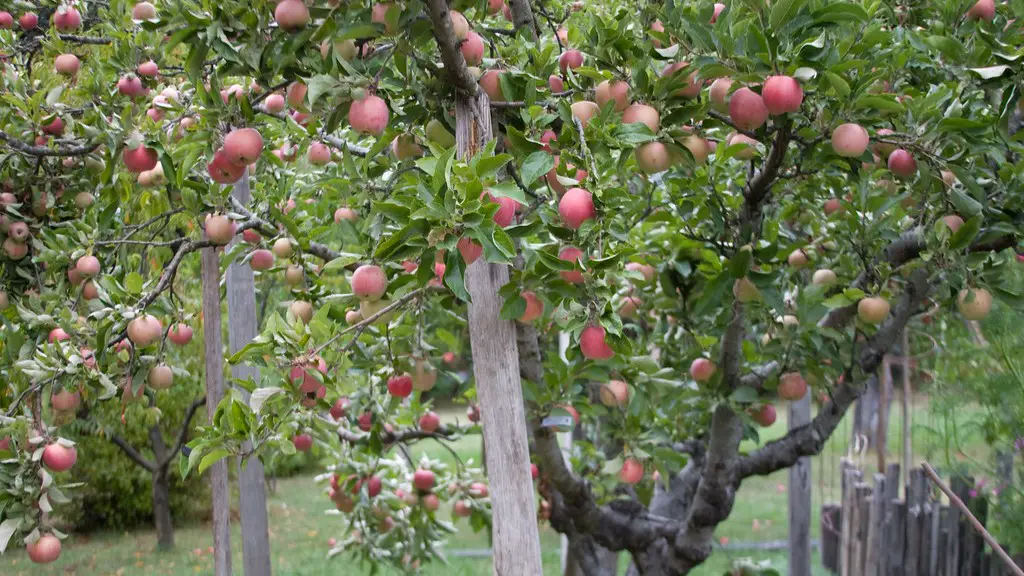Survey the Problem
Avocado trees are very popular among home gardeners. But, due to an array of diseases and pests, it is possible for these trees to become infected and die. To save a dying avocado tree, the first step is to assess the problem and determine exactly why the tree is declining. Consider whether the tree has been exposed to any changes in its environment or pest infestations. Look for yellowing of the leaves, unusual amounts of pests on the tree and look for any signs of disease or wilting. A soil test can help determine whether the tree has been exposed to viruses or other elements that could be detrimental to its health.
Choose Fungicide Spray Carefully
If the tree is infected with a fungus disease, the use of a fungicide can be beneficial. However, it is important to choose the right fungicide and ensure that it is applied correctly. Select a fungicide based on the specific type of fungus that is causing the problem and follow the directions on the package carefully.
Create an Effort to Balance Soil
To help save a dying avocado tree, the soil needs to be balanced and replenished. This means adding the nutrients that the tree needs to survive and thrive. Applying mulch, fertilizer and compost can help achieve this goal. It is important to select the proper type of mulch to avoid damaging the tree’s root system.
Monitor Sunlight Exposure
Excess sunlight can be traumatizing to avocado trees. They require a certain amount of light to produce fruit but too much light can cause the tree to become stunted or even die. Shade cloth, trees or other structures can be used to provide the proper amount of light. If a tree is planted in a location that receives too much sunlight, the tree should be relocated in a more moderate climate.
Water the Tree Properly
When trying to save a dying avocado tree, the water requirements must be taken into consideration. This means that the soil should be checked regularly to ensure that it is moist but not overly saturated. Trees generally require more water when it is hot, so more frequent watering may be necessary during this time. Additionally, be sure to direct the water to the root zone of the tree and avoid wetting the leaves to reduce the chances of disease.
Implement Pest Control
Pest infestations can be devastating for avocado trees. To prevent an infestation, the tree should be monitored for any signs of pests. If any signs are present, use insecticides and other methods of pest control to get rid of them. Additionally, check for signs of mites, aphids or other insects that can damage the leaves or fruit of the tree.
Check Air Circulation
If a dying avocado tree is exhibiting signs of stress, it may not be getting enough air circulation. Poor air circulation can lead to the spread of disease and can interfere with the tree’s ability to produce fruit. Ensure that the tree is getting enough air by pruning lower branches and ensuring that the tree is not overcrowded by other plants or structures.
Resist Overpruning
Another common mistake when trying to save a dying avocado tree is overpruning. Overpruning can lead to weak growth and can make the tree more susceptible to disease. If pruning is necessary, only remove small amounts of the tree’s canopy at a time and do not remove more than 25% of the foliage.
Potential Diseases
When trying to save a dying avocado tree, it is important to be aware of potential diseases that could be affecting the tree. Common diseases affecting avocado trees include root rot, anthracnose and Phytophthora root and crown rot. If any of these diseases are present, it is important to address the problem quickly and follow the recommended course of treatment.
Verify Root Structure and Soil
Root structure and soil are two important factors to consider when trying to save a dying avocado tree. Diseased roots can cause a tree to suffer from a lack of water and nutrients and can impair its ability to produce fruit. Check the roots for any signs of disease and make sure that the soil is sufficiently aerated and well-draining.
Use Systemic Fungicides
If a fungicide is necessary to save a dying avocado tree, it is important to use a systemic fungicide. Systemic fungicides are applied to the roots of the tree and are designed to spread throughout the tree’s vascular system. This helps protect the tree from disease and can help it to recover more quickly.
Consider Professional Assistance
In some instances, it may be necessary to seek the assistance of a professional to save a dying avocado tree. Professionals can provide valuable advice and guidance to help rejuvenate the tree and ensure that it continues to thrive.
Defend Against Pests and Diseases
A key step to take when trying to save a dying avocado tree is to defend it against pests and diseases. An effective way to do this is by using a combination of natural pest repellents and careful monitoring. Additionally, it is important to keep the tree healthy by fertilizing and pruning regularly.
Utilize Beneficial Insects
Another way to protect a dying avocado tree from pests and diseases is to utilize beneficial insects. These beneficial insects can help keep pests under control and can even help to ward off diseases. Introducing ladybugs and praying mantis to the tree can be an effective way to combat pest infestations.
Favorable Environmental Conditions
When trying to save a dying avocado tree, it is important to maintain favorable environmental conditions. This means ensuring that the tree is receiving enough sunlight, water, and nutrients. Additionally, proper pruning can help the tree stay healthy and vigorous.
Discourage Herbivores
Herbivores, such as deer, can be a major problem for avocado trees. If a tree is being attacked by deer, some kind of deterrent must be employed. A fence, pepper spray, or other method of repellent can be used to protect the tree from deer.
Apply a Foliar Treatment
Foliar treatments can be beneficial when trying to save a dying avocado tree. These treatments can help restore the tree’s health by providing nutrients and disease-fighting substances. A few drops of diluted liquid seaweed extract or potassium silicate can be applied once or twice a month to provide additional nutrients.
Create a Supportive Atmosphere
The environment in which an avocado tree is planted can have a significant impact on its long-term health. Avoid planting the tree in overly wet or windy conditions and ensure that there is good drainage. Additionally, try to avoid planting the tree in areas with high levels of air pollution or in areas of extreme temperatures.



